In today’s times, we have seen that gardening is a hobby for many people and you can start your gardening journey within the comforts of your home. This requires enhancing soil quality with the use of the right kind of fertilizers. Several other key factors will help contribute to faster and larger plant growth. You can elevate the gardening experience with advanced methods that nurture the plants to promote vitality and abundance. Whether you’re a seasoned gardener or a beginner, this blog will give you tips, and techniques to enhance the growth of plants. Visit the Pot and Bloom website to know more about the products that help grow healthy plants at home.
Here are 10 ways that will help you grow plants faster and bigger at home:
1. Plant the right kind of seeds:
Seeds are inexpensive and easy to find. They are available in all shapes and sizes, so choose the ones that best suit your needs. Begin with planting seeds that are small in size like lettuce, spinach, and radishes. These seeds are easy to plant, and they will germinate quickly.
2. Choose the best soil mix:
Soil mixes vary depending on the type of plant that you are growing. Tomatoes need higher levels of nitrogen, whereas peppers prefer phosphorus. Potting soil and hydroponic nutrient solutions are different, and they provide nutrients for roots but don't need much water retention. However, hydroponics requires more liquid nutrients instead of soil. Buy Pot and Bloom soil mix, as it offers benefits for growing flowers, veggies, and fruits.
3. Maintain the water level:
Watering is necessary to help grow plants successfully, and too little water leads to withered leaves. It can cause roots to rot. So watering your plants on time will make sure that they get adequate amounts of water throughout the day
4. Need for Sufficient amount of light:
Light is known as the elixir of energy, serving as one of the primary needs for plants to produce their food. Insufficient light, whether natural or artificial, inhibits plant development by limiting photosynthesis, a process crucial for converting water and carbon dioxide into the sugars and carbohydrates essential for plant growth.
5. Maintaining plant temperature:
Temperature fluctuations show various signs of physical and favorable temperature; new stems, new leaves, and more fruit or flowers help measure depth in the colors and textures. It is evident that during cold weather, home gardeners often cover them with blankets. Hence, a suitable temperature will lead to creating a big bloom for yourself.
6. Use of a sufficient amount of compost:
Composting is a brilliant way to turn food scraps into rich plant fertilizers. It is really good for plants. There are several types of soil, and each needs a unique blend of nutrients. With the help of a free soil test kit, you can find out exactly how much nitrogen, phosphorus, magnesium, potassium, calcium, iron, copper, zinc, and sulfur are required to be added to your soil.
7. Advantages of doing Bio-compost:
Biocompost is an environmentally friendly method of disposing of kitchen waste. It is a mixture of decomposed plant material and microorganisms that break down organic matter like food leftovers, grass clippings, yard trimmings, leaves, and manure. Hence, composting is one of the most effective ways to reduce household garbage and produce valuable manure.
Also, leaf mould is one of the most important ingredients that will help improve the quality of soil, especially for those who are looking forward to growing herbs, vegetables, fruits, etc.
8. Grow plants properly in dedicated beds:
A bedded garden helps you grow multiple crops and protects the plants from weeds. Growing food in beds will increase productivity and reduce waste. So one doesn’t need excessive hydroponic equipment, but they need to adopt greenhouse protection for plants.
9. Designating proper spaces for plants:
Planting seeds too close to each other can create a problem in your garden. This is a true factor, especially for shrubs, trees, vines, and perennials. While growing these types of plants, it is important to give them proper space so their growth is not hampered.
10. Select plants that thrive better:
Considering local climate conditions will help plants thrive better. Some of the vegetables, like kale and spinach, are the best choices for colder regions. Warm-weather crops like tomatoes and peppers require warmer temperatures. Also, look for disease resistance in plants, as many are naturally resistant to certain diseases. E.g., broccoli resists powdery mildew, while cabbage is susceptible to it.
11. Adopting the practice of weeding:
Weeding is one of those things you don’t think about doing unless it becomes necessary. Weeds are required for plant growth. Plants grow fast as they reproduce prolifically and spread easily.
To sum up:
Growing plants faster and bigger takes time and cannot be developed overnight. They should be given time to prosper. Putting in the right kind of effort is ideal to accomplish the desired results. Taking in the mentioned above will help, and buying the right kind of products from Pot and Bloom is advantageous.


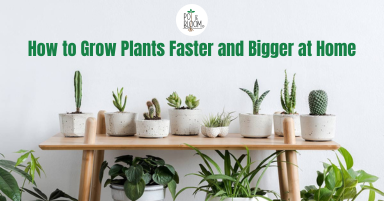
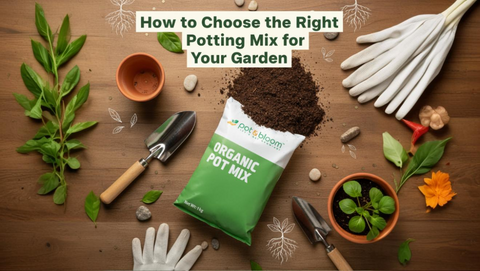
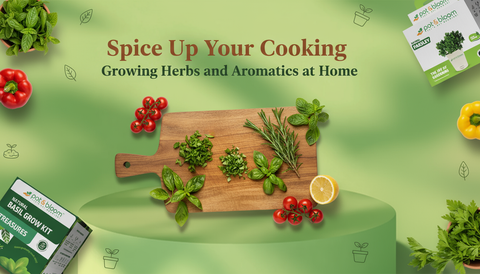
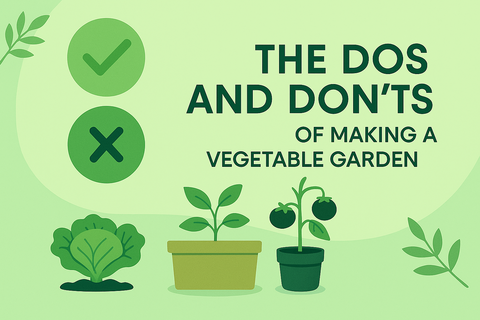
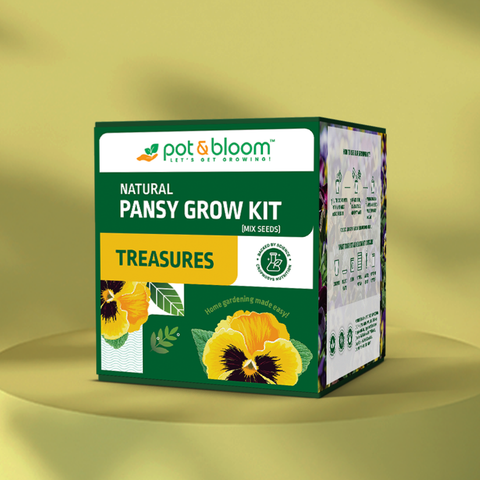
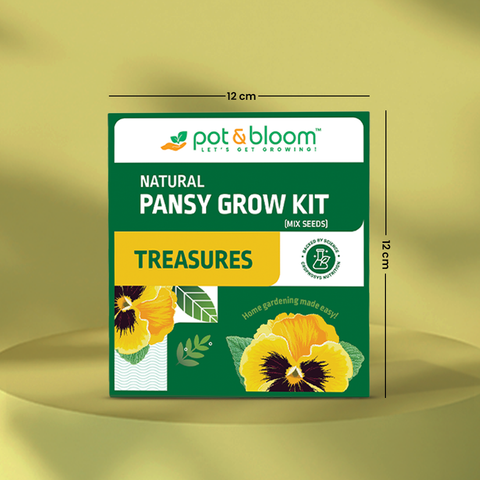
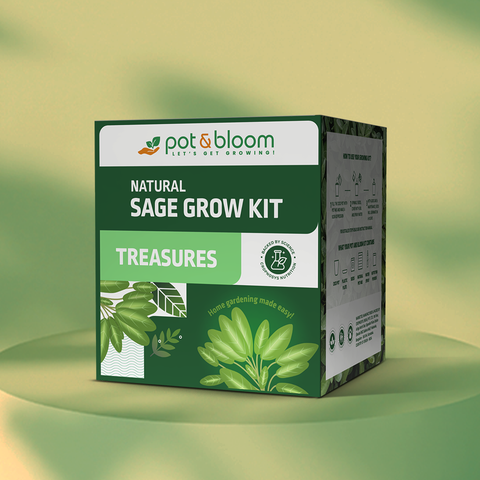
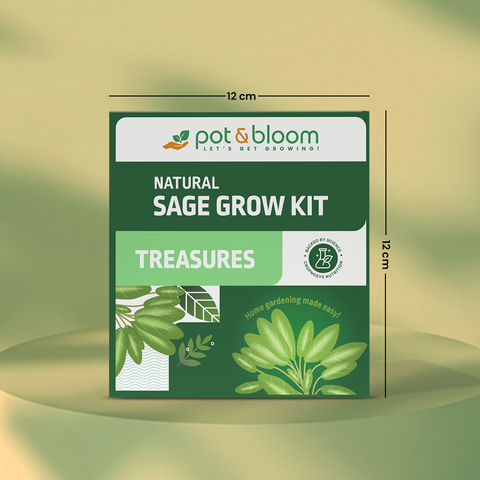
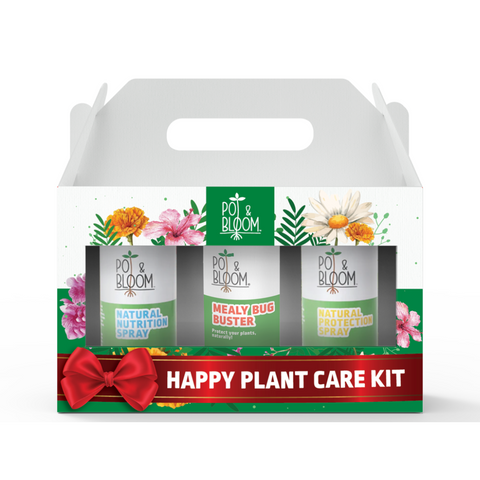
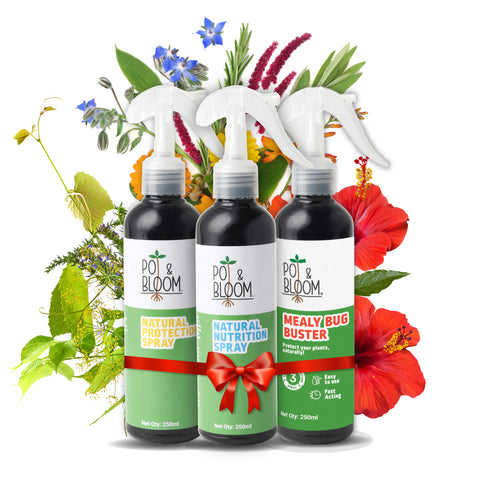
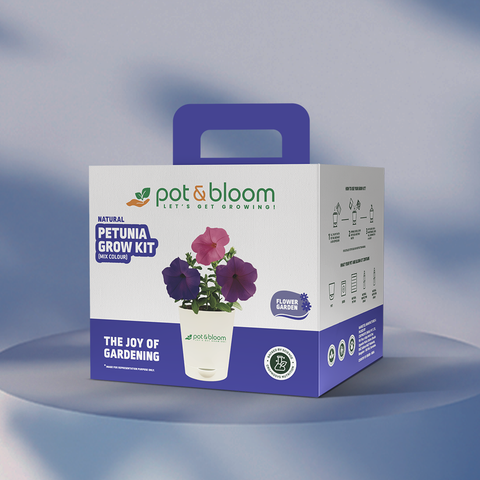
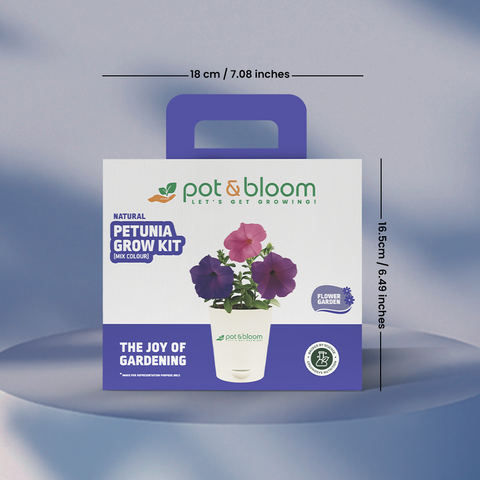
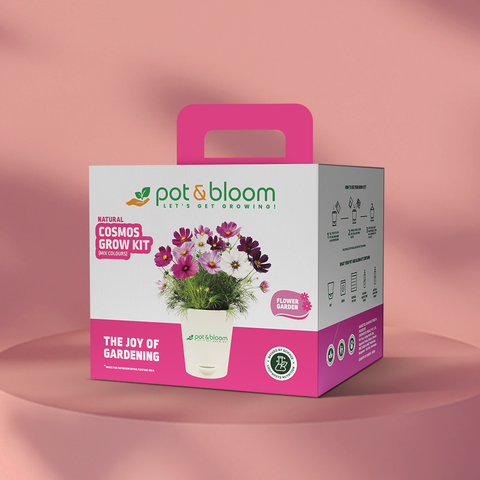
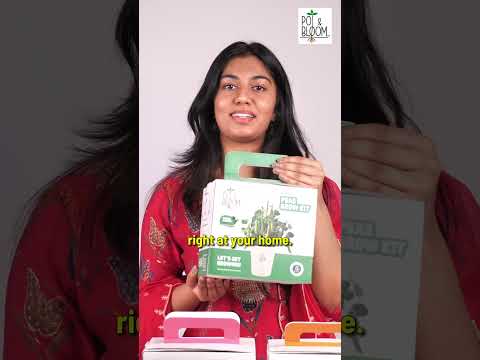
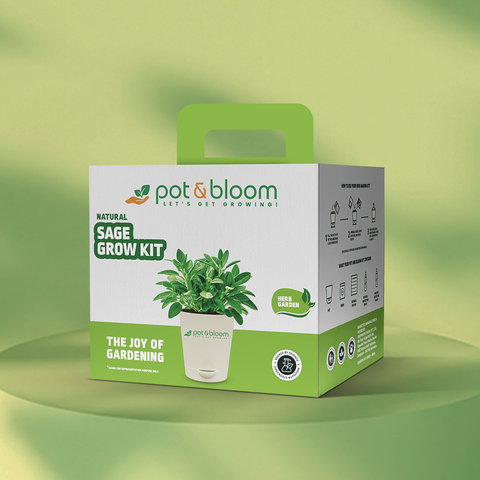
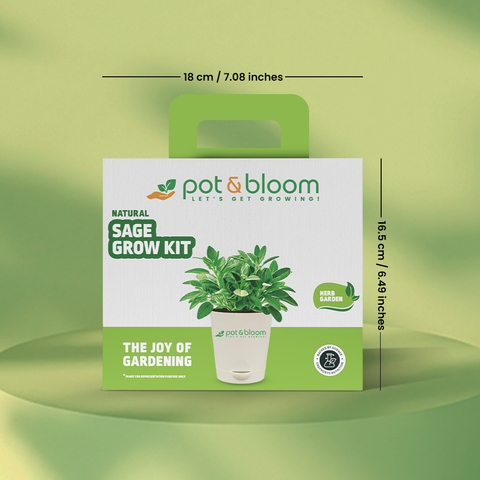
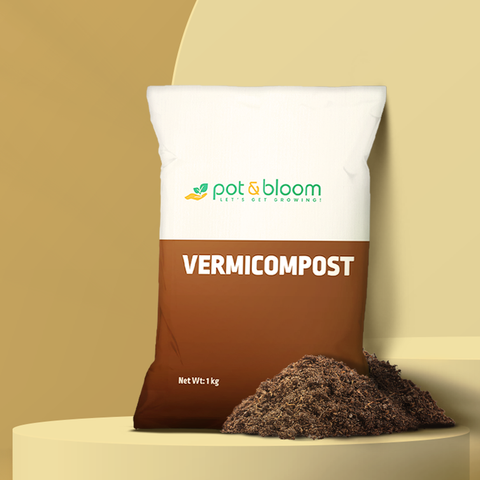
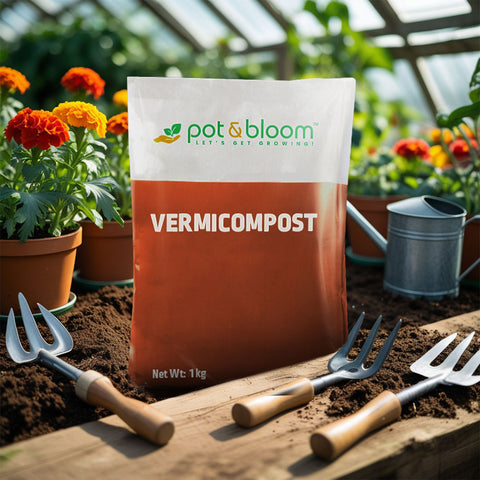
Comments (0)
There are no comments for this article. Be the first one to leave a message!